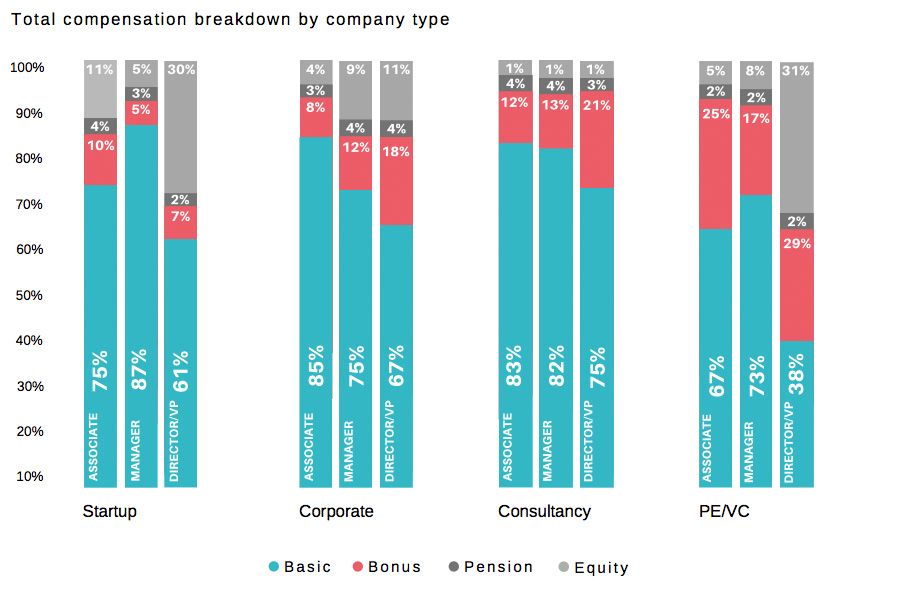
It can be difficult to write a creative brief. You have to translate the vision of your client and avoid jargon and fluff. Your creative brief should be written in a clear, simple and easy-to-understand language so that the design team can use it to solve the client's problem. It shouldn't provide the complete solution. However, it should be a starting point to encourage creativity in the design group. It should be a brief that is crafted with care and creativity to solve the client's problem.
Establish a key consumer benefit. (KCB).
You can focus your marketing efforts by creating a creative brief that highlights a single benefit for the audience. A key consumer benefit can be a feature, a benefit, or an outcome that the audience would like to achieve. Key benefit or pain point can be the ultimate goal of your project, or the feeling you want your customers to feel after they use the product or service.
Make sure you analyze your competition's products and target audiences when developing a creative short. This will help you narrow your focus and identify your company's niche within the market. Create a KCB (key message) that clearly explains the solution the product or service offers to consumers. Make sure you include testimonials, stories and other information in your creative brief.

Include deliverable dates
Remember to include deliverable dates and deadlines when writing a creative short. This will eliminate any confusion later. Also, make sure to include brand guidelines and internal messaging. Your creative team will achieve your goals better if you provide more information. Add the date you'd like the project to be completed and any revisions, approvals, or changes you may need. In addition, remember to include the deliverable dates for each stage of the project.
Last but not least, include a comprehensive description of your target market, your competition, as well as the market where your company is operating. Be concise with your brief, and make sure you include your company branding messages to your target audiences. Having a clear and concise creative brief will prevent endless revisions. This will enable your agency to be as precise as possible with the information that you provide.
Include brand guidelines
The best way to ensure that the work produced is in line with the brand's values and tone is to include brand guidelines in your creative brief. These guidelines help the designer understand the brand’s voice and vision so the work they create reflects that vision. Here are some guidelines for including brand guidelines into your creative brief. These guidelines can be used to create your campaign brief. It should contain these five elements. This will ensure that every detail in your creative brief is included.
The brief should cover the entire brand. But it shouldn't be too detailed. The brief should contain a succinct overview of the brand, the target audience, and a single paragraph detailing the goals. It should include relevant background information, such as demographics and target audience. If the brand is not known by the creative team, they should be in a position to learn and complete it. Additionally, the creative brief must include the brand guidelines as well as the deliverables for the project.

Include client's voice
Make sure to include your client's voice in creative briefs. This is often the most difficult part. The creative brief can often be overwhelming due to the amount of information that is required. These are five common reasons projects fail. These reasons may not all be due to the creative brief, but all are related to a conflict about the project's creative elements. These are some suggestions to help you create a brief that appeals to your clients.
Create a creative brief that contains the main elements of the project. You will benefit from the insight and voice of your client. Make sure you include demographic information as well as behavioral insights about your target audience. This will assist your team in creating a successful content strategy. Your messaging must be persuasive and motivate your target audience to take action. Include the client's voice, tone, style, and design in your creative brief.
FAQ
Is it possible to start a consultancy from home?
Absolutely! Actually, this is what many consultants already do.
Working remotely is a common way for freelancers to work. They use tools like Skype, Trello (Slack), Trello, Basecamp and Dropbox. Many freelancers set up their own office space to avoid missing out on company perks.
Freelancers may prefer to work in libraries or cafes rather than in traditional offices.
Others choose to work at home because they love being with their children.
While working remotely has its advantages, it also comes with some disadvantages. If you love your job, working from home is definitely something worth looking at.
How is consulting different to freelancing
Freelancers are self-employed individuals who offer their services to clients without employees of a company or agency. Hourly rates are usually charged based on the time they spend working on a client’s project. Consultants usually work for agencies or companies that employ them. They are often paid monthly or annually.
Freelancers tend to have more flexibility than consultants because they control their work hours and set their own prices. Consultants have better benefits, like health insurance, vacation time, sick leave, retirement plans and etc.
What are the benefits of being a consultant
Consultants often have the option to choose when and what they do.
This means you can work whenever you like and wherever you wish.
It means that you can change your mind easily without worrying about losing your money.
Finally, you are able to manage your income and make your own schedule.
Statistics
- My 10 years of experience and 6-step program have helped over 20 clients boost their sales by an average of 33% in 6 months. (consultingsuccess.com)
- Over 50% of consultants get their first consulting client through a referral from their network. (consultingsuccess.com)
- "From there, I told them my rates were going up 25%, this is the new hourly rate, and every single one of them said 'done, fine.' (nerdwallet.com)
- So, if you help your clients increase their sales by 33%, then use a word like “revolution” instead of “increase.” (consultingsuccess.com)
- WHY choose me: Why your ideal client should choose you (ex: 10 years of experience and 6-week program has helped over 20 clients boost their sales by an average of 33% in 6 months). (consultingsuccess.com)
External Links
How To
What does a typical day look like for a consultant?
The type of work that you are doing will affect the typical day. But generally speaking, you will spend time researching and planning new ideas, meeting clients, and preparing reports.
Meetings are a common way to discuss problems and issues with clients. These meetings may be over the phone via email, on-line, or face-to–face.
Also, proposals are documents that outline your ideas or plans for clients. You will need to discuss these proposals with a mentor or colleague before you present them to clients.
After all the preparation, you'll need to start creating content. This could include writing articles, designing websites or editing photos.
Depending on your project's scope, it may be necessary to do research to get relevant statistics. For instance, you might want to find out how many people you have and if they are buying more than just one product or service.
After gathering enough information, you can present your findings to clients. Your findings can be presented orally or written.
You must also follow up with clients following the initial consultation. You can call clients to ask how they are doing or send emails asking for confirmation that your proposal was received.
Although it takes time, this process is worth it. It's also important to keep your eyes on the prize and maintain good relations with clients.